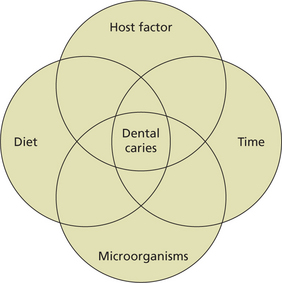
Acidogenic Theory Of Dental Caries. During the 17th and 18th centuries the theory was that teeth were destroyed by acids formed in the oral cavity. In other words fermentation was considered a non-vital process. Acidogenic Theory or the Chemicoparasitic theory explained by D Miller about the Etiology of Dental caries is the most widely accepted and most useful which helps you understand the actual cause of Caries. In the second stage there is dissolution of the softened residue of the enamel and dentin.

Four factors namely a suitable carbohydrate substrate 1 micro-organisms in dental plaque 2 a susceptible tooth surface 3 and time 4. Acidogenic Theory or the Chemicoparasitic theory explained by D Miller about the Etiology of Dental caries is the most widely accepted and most useful which helps you understand the actual cause of Caries. The Acidogenic theory The Proteolytic theory Proteolysis chelation theory ACIDOGENIC THEORY WD Miller was the first well known scientist and investigator of dental caries and published his results in 1882. Caries is caused by. Nearly 90 years after being put forward by WD. In this theory it was believed that putrefaction of protein led to formation of ammonia which was subsequently oxidised to nitric acid.
In the second stage there is dissolution of the softened residue of the enamel and dentin.
0 articles PMID. In other words fermentation was considered a non-vital process. Microbiota of dental caries Dental caries happens mainly when the production of organic acid results in dental hard tissue decalcification. This theory is a blend of both chemical and parasitic theory proposed earlier. 0 articles PMID. Acidogenic Theory or the Chemicoparasitic theory explained by D Miller about the Etiology of Dental caries is the most widely accepted and most useful which helps you understand the actual cause of Caries.